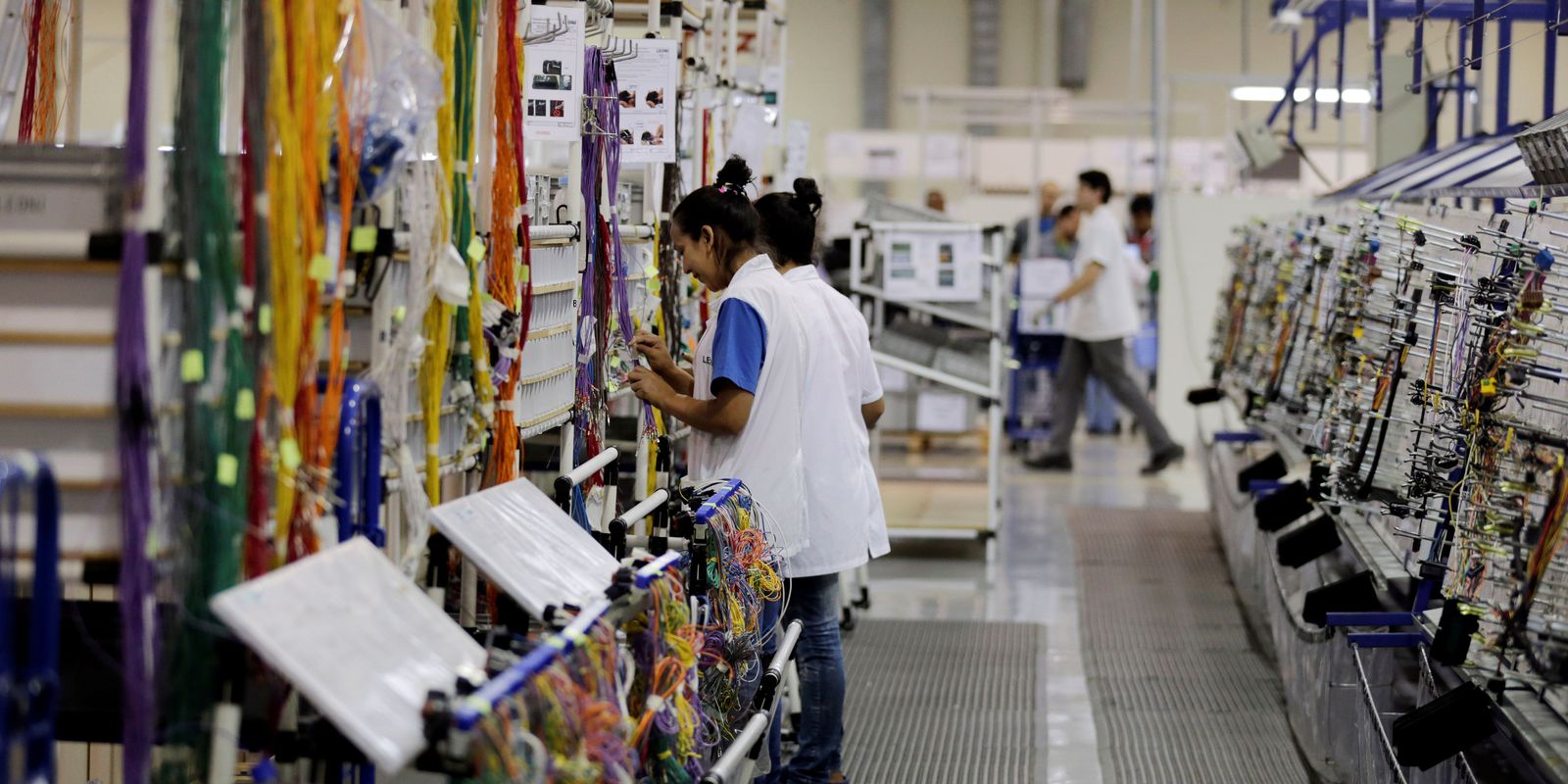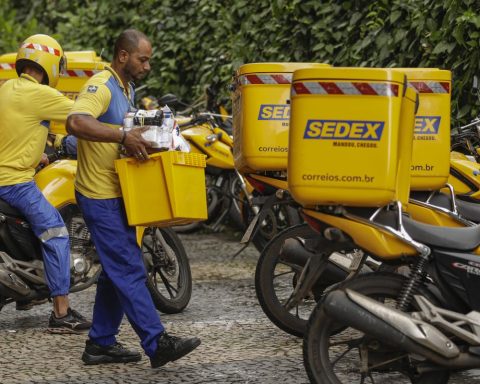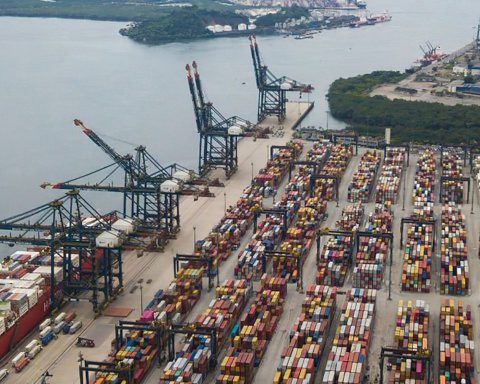The National Confederation of Industry (CNI) released today (19) the results of the industrial survey for the first quarter. The entity highlighted the strong growth of industrial production between February and March, but also the increase in businessmen’s concern with the drop in consumption.
In March, industrial production rose to 54.4 points, a result that is above the dividing line between decline and growth. The index has not been above 50 points since December.
The movement is normal for the first quarter, but the CNI highlighted that this year’s recovery, from 47.9 in February to 54.4 in March, “overcomes the expected acceleration in the period”. The average of the historical series for the month of March is 51 points.
Industrial employment, in turn, remained practically stable, at 50.1 points. In February, the index that measures the evolution of the labor supply in the industry had been at 49.2 points, which means a drop in the number of vacancies offered. In March last year, the level was at the same 50.1 points.
Installed Capacity Utilization (UCI) increased by 1 percentage point, to 69%, from February to March 2022. The result is 2 percentage points above the average for March. The percentage has been on a growth trajectory since January of this year.
main problems
The industrial survey also measures which are the main problems faced by the industry, according to the business community. With 58.8% of mentions, the lack or high cost of raw materials has been the main concern for seven quarters.
However, the scarcity of inputs has been losing strength as the main concern of the industry, stressed the CNI. Mentions of the problem dropped 1.8 percentage points in the last quarter, and dropped 8.4 percentage points compared to March last year.
Meanwhile, there is growing concern about the drop in consumption, which in the first quarter of this year accounted for 25.5% of businessmen’s responses. In the second quarter of 2021, this problem appeared in 19.4% of mentions.
The manager of Economic Analysis, Marcelo Azevedo, explains that, in isolation, the percentage does not seem to be so high, but the high number of mentions of the problem indicates that there is insufficient demand at the moment when the offer begins to adjust. For the economist, “the demand problem becomes more evident. It is really a very complicated situation.”
For four quarters, the industry’s concern about the rise in interest rates has also been growing. Between the last two quarters, the problem went from 14.2% to 20.8% of mentions, the most expressive increase in the survey. At the end of last year, only 7.6% considered interest an obstacle to their business, according to CNI.
Mentions of difficulties in transport logistics accounted for 13.8% of the responses, compared to 11.8% in the previous quarter. This is the third straight quarter of growth. The second most mentioned problem continues to be the high tax burden, with 30.4% of the responses, down from the 33.2% registered in the previous quarter.

















